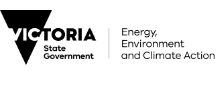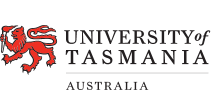Fuel treatments, particularly prescribed burning, are a key tool used by fire agencies in managing fire risk. Fuel treatment can have a variety of objectives, including reducing fire intensity, preventing spread, preventing ignitions, assisting with community safety, and supporting firefighting efforts.
To date, the effectiveness of fuel treatments in limiting spread and ignitions has been poorly quantified with field information, apart from a small number of case studies. A better understanding of fuel treatment effectiveness will enhance planning and ensure that treatments are strategically undertaken in the context of fire conditions and response activities.
This project aims to analyse historic information to establish a quantitative evidence base used for planning fuel treatments and strategic fire suppression. This evidence will be able to be used as a foundation for the development of optimised processes for landscape fire risk planning.
The project was developed as a collaboration between DEECA and CFA through the Safer Together Program to focus on how treated fuel areas in the 2019/20 fire season impeded fire spread. However, through consultation the scope has been extended to focus on fuel treatment and fire spread more broadly.
This project will be required to work collaboratively with other Natural Hazards Research Australia-led projects to ensure efficiency of effort and that the outputs are complementary.





